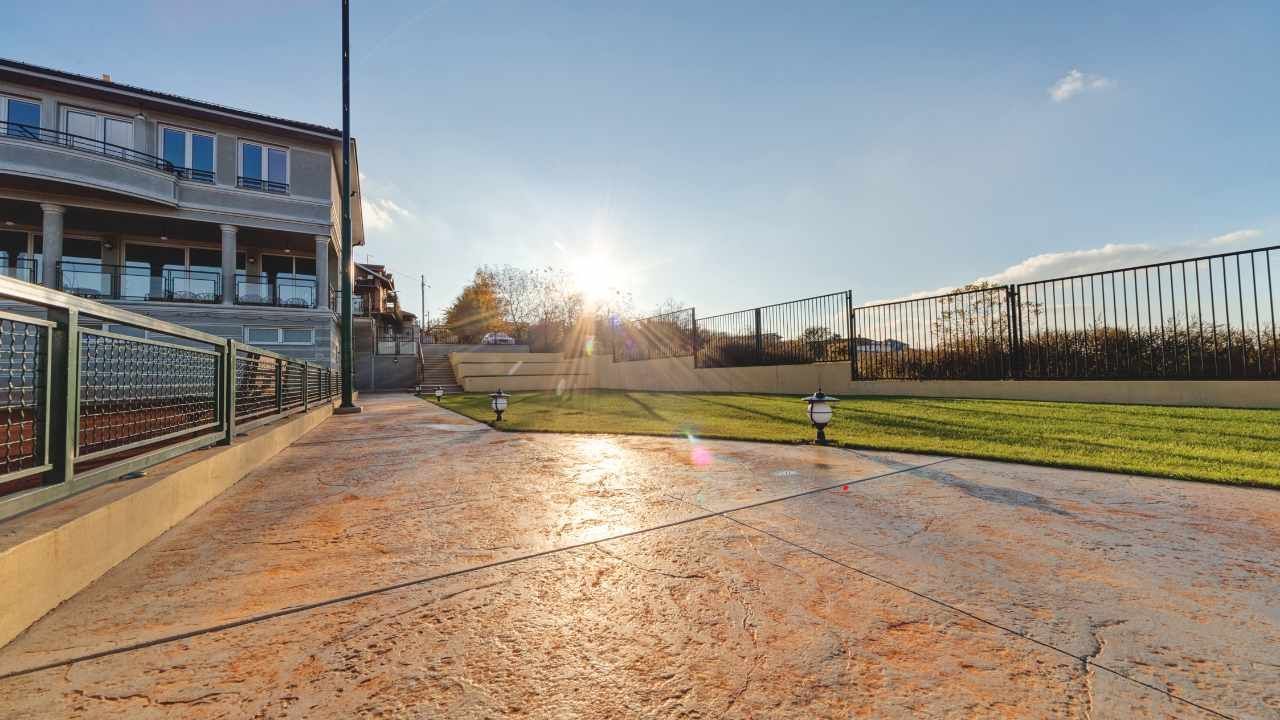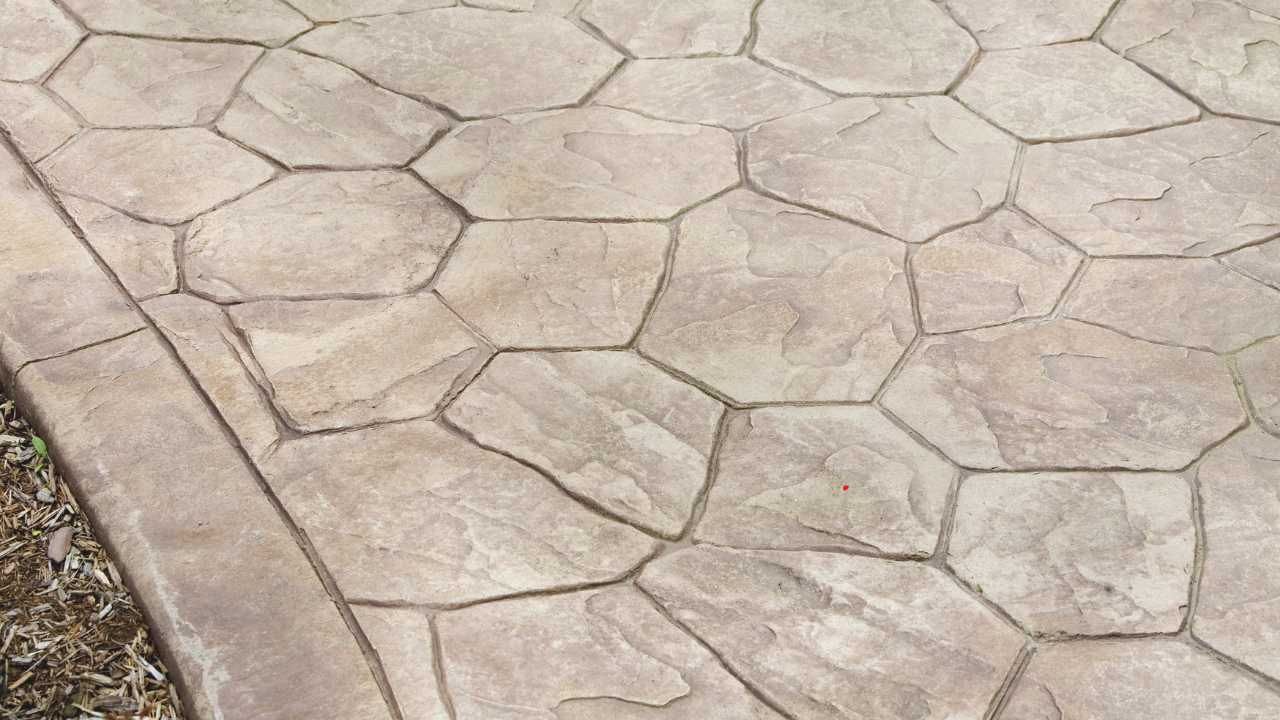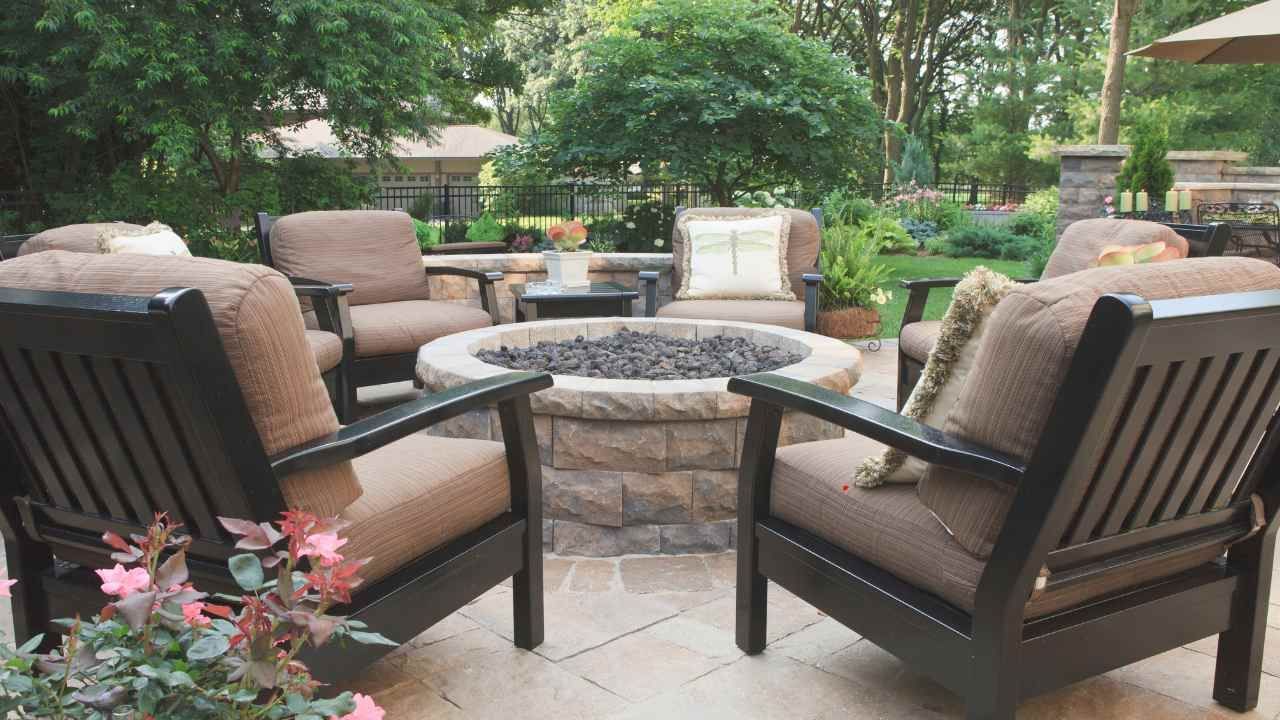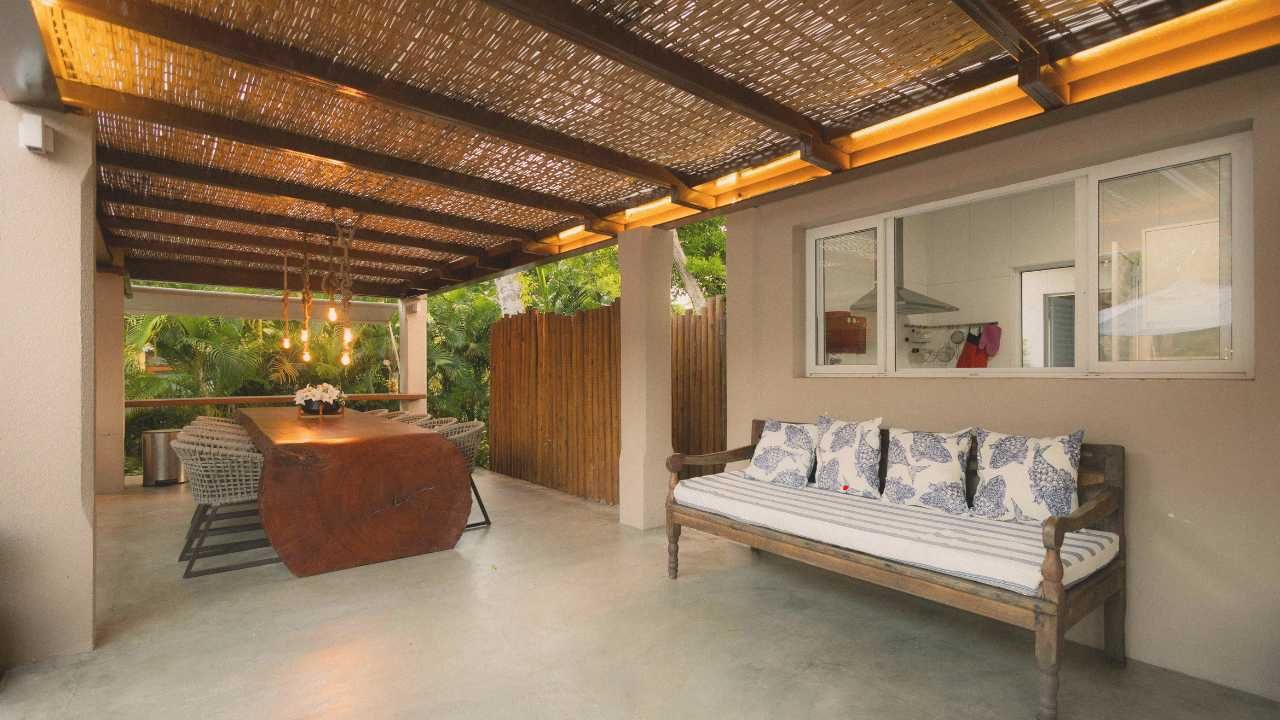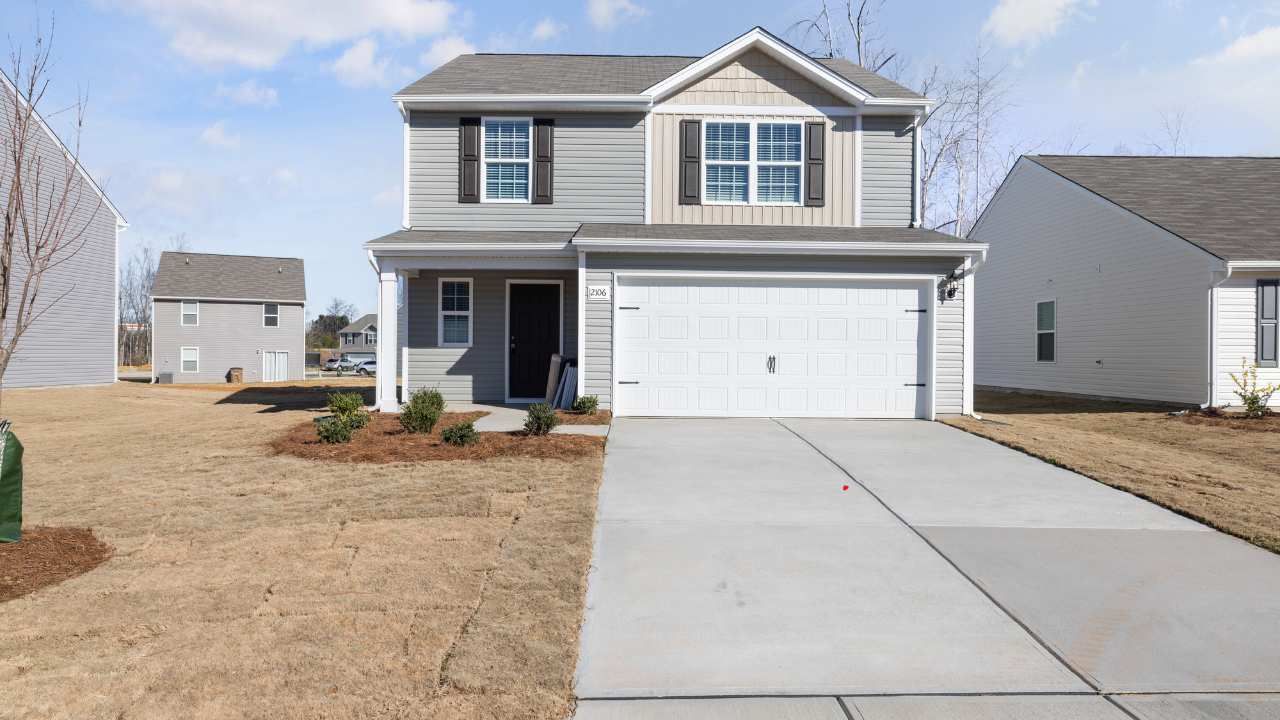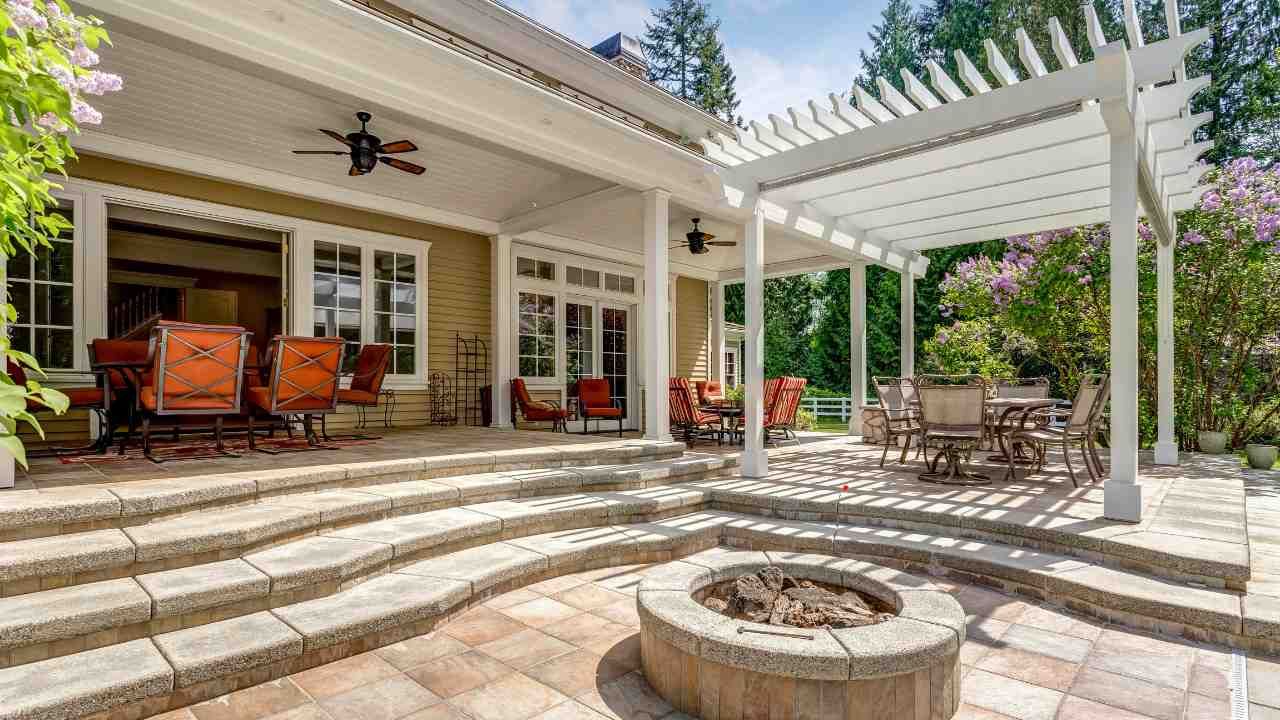How to Use Stamped Concrete to Mimic High-End Stone and Tile Finishes
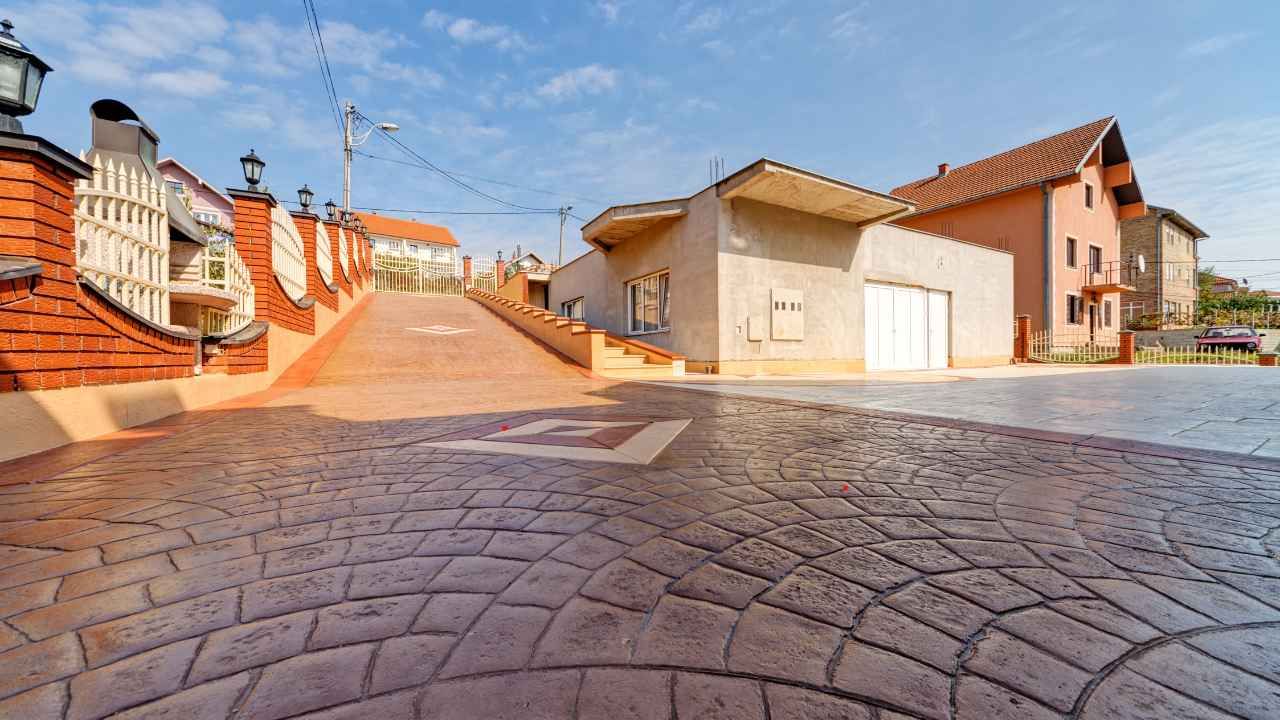
Achieving a sophisticated look for your home or outdoor spaces often calls for materials like stone and tile. However, their high cost and complex installation can be a significant obstacle for many homeowners. Enter stamped concrete—a cost-effective, versatile solution that mimics the beauty of stone and tile without compromising on quality or durability.
In this article, you’ll learn how stamped concrete works, why it’s a great alternative to natural materials, and how a professional residential concrete contractor can help you achieve stunning results.
What Is Stamped Concrete?
Stamped concrete is a decorative technique that transforms plain concrete into an artistic masterpiece. By pressing molds and patterns onto wet concrete, contractors can replicate the textures and appearances of high-end materials like slate, brick, wood, or even cobblestone. Add a touch of color using integral pigments or surface stains, and your stamped concrete will rival the look of natural stone or tile at a fraction of the cost.
The best part? It doesn’t just look good—it’s incredibly durable and requires less maintenance than traditional materials, making it perfect for both indoor and outdoor applications.
Why Choose Stamped Concrete Over Stone or Tile?
While natural stone and tile have undeniable appeal, they come with challenges. From high upfront costs to tedious maintenance, these materials aren’t always practical for busy homeowners. Stamped concrete bridges the gap between luxury aesthetics and everyday functionality.
Here are some compelling benefits of stamped concrete:
- Cost-Effectiveness: Natural materials can cost up to three times more than stamped concrete. With stamped concrete, you get the same premium look for a much smaller investment.
- Versatility: Whether you want a sleek tile finish for your kitchen or a rugged stone look for your patio, stamped concrete offers limitless design possibilities.
- Ease of Maintenance: Unlike grout lines in tile or cracks in stone, stamped concrete requires minimal upkeep. A quick resealing every few years keeps it looking fresh.
- Durability: Stamped concrete is resistant to wear and tear, making it ideal for high-traffic areas like driveways, pool decks, and entryways.
Where Can You Use Stamped Concrete?
Stamped concrete works beautifully in a variety of settings, including:
- Outdoor Patios: Achieve the look of flagstone or brick to create a cozy, inviting outdoor retreat.
- Driveways and Walkways: Add curb appeal with a stamped cobblestone or slate design.
- Pool Decks: Mimic the luxury of natural tile while maintaining slip-resistant safety.
- Interior Floors: Create seamless, easy-to-clean surfaces that look like polished stone or ceramic tile.
Each application brings a custom touch to your space, enhancing its aesthetic while adding lasting value to your home.
How to Achieve the Best Results
To get the most out of your stamped concrete project, hiring an experienced residential concrete contractor is crucial. Professionals know how to handle the intricacies of the process—from selecting the right patterns and colors to ensuring proper curing for a flawless finish.
One trusted name in the industry is Intricate Surface Designs, a company known for transforming ordinary spaces into extraordinary works of art. With their attention to detail and expertise, they can bring your vision to life, whether you’re dreaming of a rustic slate patio or a modern tile-inspired interior floor.
If you live in Arizona, working with a local expert like a Good Year AZ concrete company ensures your project aligns with the area’s climate and design trends.
Final Thoughts
Stamped concrete is a game-changer for homeowners who want high-end aesthetics without the high-end price tag. Its versatility, durability, and affordability make it a standout choice for both interior and exterior spaces.
Ready to upgrade your home? Reach out to an Arizona concrete services expert to learn more about how stamped concrete can elevate your property’s style and value.


